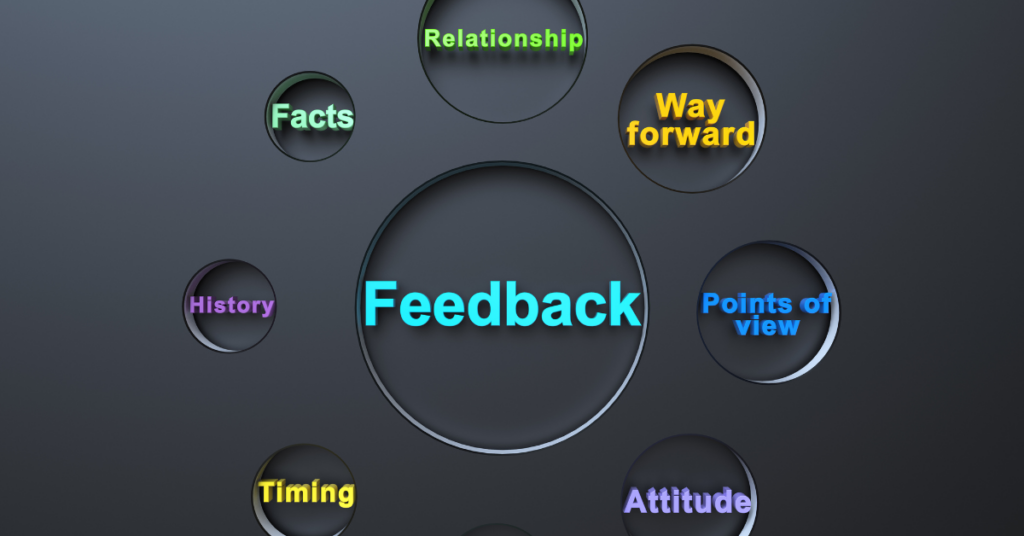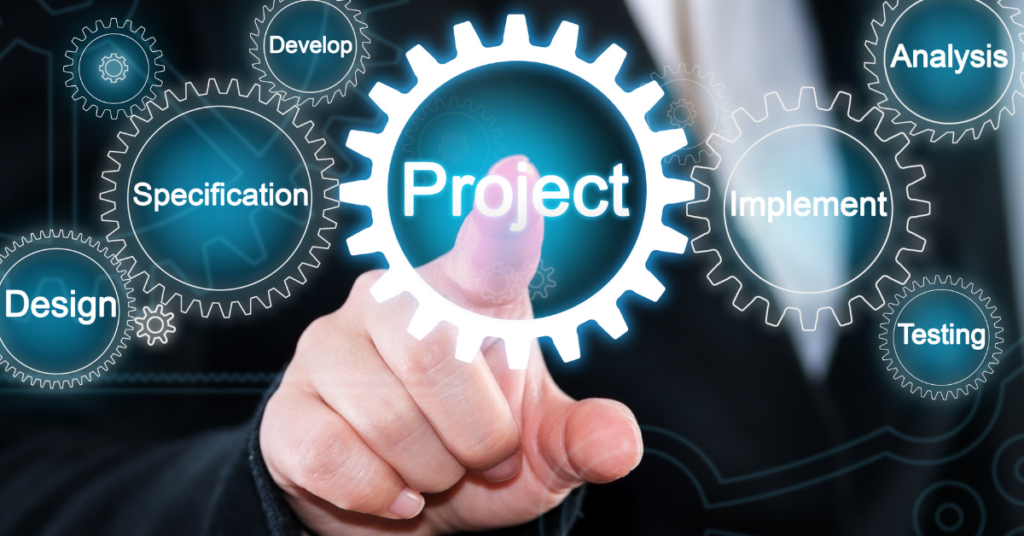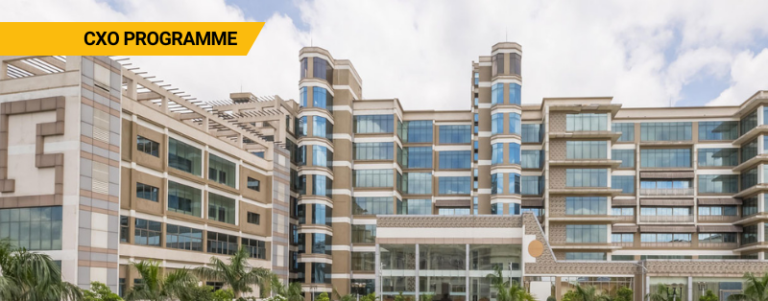The Definitive Guide to Continuous Improvement Feedback Loop

The significance of a continuous improvement feedback loop in Human Resource Management (HRM) cannot be overstated. It goes beyond merely shaping a dynamic workplace; it cultivates an environment of ongoing development and improvement. Imagine a scenario where there is a well-orchestrated continuous improvement feedback loop. It provides employees with essential, timely insights and guidance for their professional growth.
This approach increases employee engagement since individuals feel more valued and acknowledged. Ultimately, embedding continuous feedback within HRM strategies not only enhances employee performance but also drives the overall success of the organization, emphasizing its vital importance.
This blog discusses the following:
- Understanding the Need for Continuous Feedback
- Key Components of a Continuous Feedback Loop
- Designing a Continuous Feedback System
- Overcoming Challenges
- Implementing the Continuous Feedback Loop
- Monitoring and Evaluating the Feedback Loop
Understanding the Need for Continuous Feedback
Gallup’s State of the Global Workspace 2023 Report presents a troubling scenario. According to the report, employee engagement has seen a marginal increase from 22% in 2019 to 23% in 2022, and the stress levels among workers have escalated, rising from 38% in 2019 to 44% in 2022. This trend is particularly pronounced in Asia, indicating a more severe situation. Therefore, it’s clear that to reverse these alarming trends, a robust strategy is needed.
But can’t this be achieved by following the traditional method of performance review? What are its limitations? What necessitates a shift towards adopting continuous feedback strategies? Let’s explore these further:
1. The Shortcomings of Traditional Performance Reviews
Traditional performance reviews often fail because they are infrequent and backward-looking. They do not provide employees with the necessary, timely guidance for improvement. In fact, this approach can lead to missed opportunities for employee development and growth. It is a critical aspect of the continuous improvement feedback loop.
2. The Evolving Workforce Dynamics
Today’s workforce is constantly evolving, necessitating more agile and immediate feedback mechanisms. Hence, the traditional methods no longer suffice in meeting these dynamic needs. For instance, younger employees, especially millennials, prefer regular feedback to annual reviews, aligning with the continuous feedback loop definition.
3. Impact on Employee Morale and Productivity
It is absolutely crucial to recognize how regular feedback positively impacts employee morale, motivation, and productivity. In essence, this reinforces the need for a well-defined continuous feedback loop in the workplace. Ultimately, this approach leads to a more engaged and productive workforce, which is essential in today’s fast-paced business environment.
ALSO READ: How HR Consultants Can be Effective in Organizational Change
Key Components of a Continuous Feedback Loop
Here is a list of some of the critical components required to build a continuous feedback loop:
1. The Importance of Real-Time Communication Channels
Real-time communication channels are indispensable. They facilitate immediate dialogue between employees and managers and ensure ongoing engagement. Moreover, tools like instant messaging and feedback apps can provide quick and effective feedback. This is essential for making the continuous improvement feedback loop a success.
2. Establishing Clear Communication Guidelines
Clear communication guidelines ensure that the feedback is both constructive and aligned with organizational goals. These guidelines also help maintain a positive tone and prevent misunderstandings, helping simplify what should be HRM’s strategy.
3. Promoting Employee Involvement
Involving employees in the feedback process is vital in today’s scenario. This involvement fosters a sense of ownership and responsiveness, crucial elements in what should be the strategy of HRM. If employees feel heard and valued, they will engage more and will be committed to their work. In fact, this would enhance overall organizational performance.

4. Fostering a Culture of Continuous Learning
The importance of harboring a culture of continuous learning within the organization cannot be overstated. This culture encourages employees to constantly seek improvement, not only in their skills but also in their approach to feedback. For instance, regular training sessions and workshops can be instrumental in ensuring that the continuous improvement feedback loop is not just a process but a mindset ingrained within the company’s ethos.
5. Integrating Feedback With Personal Development Plans
Integrating feedback into personal development plans ensures that it is not seen as an isolated event but as a crucial part of an employee’s growth and career progression. By aligning feedback with personal goals and aspirations, organizations can make the continuous improvement feedback loop more meaningful for their workforce.
ALSO READ: 5 Things That the Human Resource Management Team Does to Drive Growth
Designing a Continuous Feedback System
These are the steps you need to follow to build a successful continuous feedback system:
1. Establishing Clear Goals
Goal setting is a foundational step in the continuous improvement feedback loop. It provides clear objectives and expectations for employees, which is crucial for their development and alignment with organizational goals. For instance, setting SMART (Specific, Measurable, Achievable, Relevant, Time-bound) goals ensures that employees clearly understand what is expected of them.
2. The Necessity of Frequent Check-Ins
Frequent check-ins are necessary to monitor progress and provide timely guidance. These check-ins, whether weekly or bi-weekly, offer a platform for managers and employees to discuss challenges and achievements. They are integral to the momentum of the continuous improvement feedback loop, ensuring employees stay on track and feel supported.
3. Implementing 360-Degree Feedback
Implementing 360-degree feedback offers a comprehensive view of an employee’s performance, encompassing feedback from various stakeholders. This method not only provides a well-rounded perspective but also encourages a culture of transparency and open communication. In essence, 360-degree feedback is a key component in what should be the strategy of HRM Why? Since it allows for a more accurate and holistic assessment of performance.
ALSO READ: 7 Best HR Certification Courses for Future Growth in HR
Overcoming Challenges
Managing Resistance to Change
Resistance to change is a common hurdle in implementing a continuous improvement feedback loop. It requires careful management and communication to ensure buy-in from all stakeholders. For example, explain the benefits and provide clear examples of how the feedback loop will improve performance. When you make them understand the benefits clearly, the resistance to it reduces.

The Importance of Training and Development
Training and development are crucial for equipping both employees and managers with the skills necessary to participate effectively in the continuous improvement feedback loop. This training should focus on the mechanics of feedback and also on building a culture of trust and openness. Ultimately, well-trained employees and managers are more likely to engage effectively in the feedback process. This will lead to better outcomes for both the individual and the organization.
Implementing the Continuous Feedback Loop
Starting With Pilot Programs
Initiating pilot programs is a strategic approach to implementing a continuous improvement feedback loop. These programs allow organizations to test and refine their feedback strategies in a controlled environment, minimizing risk. For example, a department or team can use the feedback loop, providing valuable insights before a company-wide rollout. These insights can be used to make necessary modifications to employees’ behavior.
Developing a Comprehensive Communication Plan
You also need to develop a comprehensive communication plan for both individual and company success. This plan should clearly articulate the benefits of the new feedback process and address any potential concerns. If the issues are left unaddressed, it could lead to conflicts and job burnout. It’s essential to ensure that all employees understand the purpose and process of the continuous improvement feedback loop. It will help foster a culture of openness and acceptance.
ALSO READ: Human Resources Management: Understanding its Scope & Fundamentals
Monitoring and Evaluating the Feedback Loop
Identifying Metrics and Key Performance Indicators (KPIs)
Identifying appropriate metrics and Key Performance Indicators (KPIs) is crucial for measuring the effectiveness of the feedback loop. These metrics might include employee satisfaction scores, turnover rates, or other performance-indicating metrics. They, in essence, provide tangible evidence of the impact of the continuous feedback loop definition governing an organization.
Soliciting Feedback on the Feedback Process
Soliciting feedback on the feedback process itself is essential for continuous improvement. This meta-feedback allows organizations to refine and adjust their approach, ensuring that the feedback loop remains effective and relevant. In a nutshell, this step embodies what should be the strategy of HRM—a commitment to ongoing improvement and adaptation.
ALSO READ: The Business HR Model
Adopting a continuous improvement feedback loop in human resources management transcends mere strategy. It represents a transformative approach that resonates deeply with the evolving needs of today’s workforce. By embracing this methodology, you can foster a culture of continuous improvement. It will pave the way for both heightened employee satisfaction and overall organizational success. For those looking to deepen their understanding of the continuous improvement feedback loop, exploring Emeritus’ online HR courses can be a valuable step toward achieving these goals.
Write to us at content@emeritus.org





